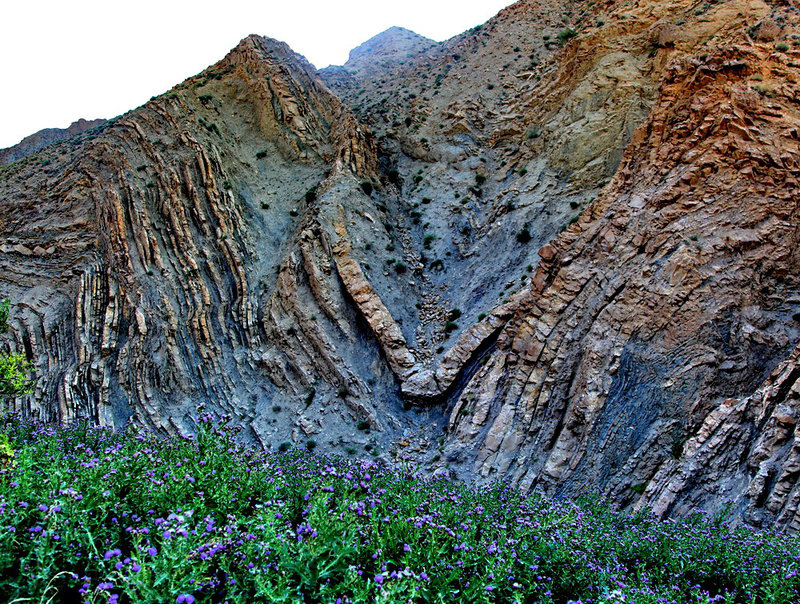One cannot be faulted for not knowing about Iran’s failed attempt at registering a second geopark on UNESCO’s Global Geopark’s Network five years ago; the move did not receive much coverage at the time, and there have been no updates on the subject. Of course up until now.
Shortly before Iran’s only geopark on Qeshm Island was dropped from the network (due to problems that remained unresolved for too long, such as underdeveloped infrastructure and unenforced environmental regulations), Iranian officials tried but failed to register an ecologically-rich portion of Aras in East Azarbaijan Province as a geopark.
After inspecting the site in 2011, UNESCO assessors ruled that the region failed to meet GGN criteria and suggested improvements be made before authorities resubmitted the application. Five years on and the site’s dossier has not yet been submitted.
Nevertheless, UNESCO officials are still eager to know when Iran is planning to try registering Aras a geopark, according to Alireza Amrikazemi, head of the geopark and geotourism department at the Geological Survey of Iran, ISNA reported.
During a visit to Qeshm Geopark in March by GGN’s board of directors, Amrikazemi was asked about the status of Aras and whether or not it was ready to be registered.
“It was one of the first things they inquired about. They said Aras, thanks to its geological heritage (geoheritage), has a great opportunity of joining the network if its problems are addressed,” he said.
Poor Infrastructure?
Although the site’s precise problems have not been disclosed, there is a good chance that underdeveloped infrastructure is the reason behind Aras’ failed attempt at joining the GGN.
“We’ve made substantial improvement to the area’s infrastructure over the past year which should help put the site on GGN’s list,” Amrikazemi said, but did not expound on the improvements.
Located in northwestern Iran, Aras region is one of the unique geo-heritage sites of the country.
Experts define geoheritage sites as historically and/or culturally important sites with features of geology that offer information or insights into the formation or evolution of the Earth, or into the history of science, or that can be used for research, teaching, or reference.
The site is said to have evidence of the Permian (299 – 252 million years ago) and Triassic (252 – 201 million years ago) geological periods — one of the most important features of Aras.
Plant and animal fossils in macro and micro scales and evidence of structural evolution are some of the other scientific and educational attractions of the area.
Establishing a geopark in Aras can help develop tourism in the region, and by extension, boost the economy.
Among other attractions of the region are local traditions and historical and cultural features such as ancient churches, like the Saint Stepanos Monastery.


